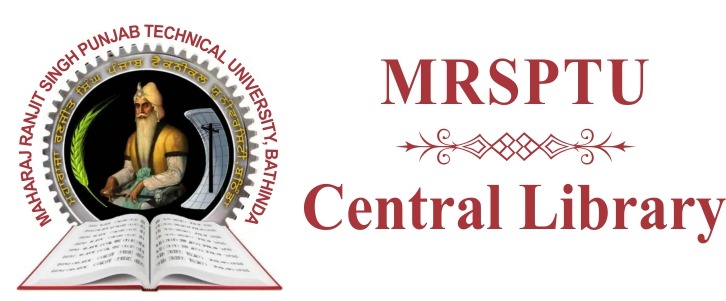Please use this identifier to cite or link to this item:
http://localhost:8080/xmlui/handle/123456789/742Full metadata record
| DC Field | Value | Language |
|---|---|---|
| dc.contributor.author | Nain, V | - |
| dc.contributor.author | Sandhu, K S | - |
| dc.contributor.author | Kaur, M et al. | - |
| dc.date.accessioned | 2023-07-25T04:53:37Z | - |
| dc.date.available | 2023-07-25T04:53:37Z | - |
| dc.date.issued | 2020 | - |
| dc.identifier.issn | 1879-0003 | - |
| dc.identifier.uri | https://doi.org/10.1016/j.ijbiomac.2020.06.125 | - |
| dc.identifier.uri | http://localhost:8080/xmlui/handle/123456789/742 | - |
| dc.description.abstract | Starch nanoparticles (SNP) were prepared from different botanical sources (wheat, potato, mung bean, water chestnut and mango kernels) and these were further coupled with zinc oxide (ZnO) to form starch nanocomposites. The nanocomposites were characterized for their particle size, morphological properties, energy dispersive X-ray spectroscopy (EDX) and their biocompatibility was analyzed by MTT [3-(4,5-dimethylthiazol-2-yl)-2,5-diphenyltetrazolium bromide] assay, using HeLa cells. From the morphological results, it was observed that ZnO forms super molecules with SNP. Further, EDX studies also confirmed the presence of zinc in coupled molecules. The size distribution of ZnO coupled SNP from different botanical sources revealed that the average diameter of nanocomposites ranged between 506 and 1209 nm. ZnO coupled starch nanocomposites were found to be biocompatible with 77–90% cell viability up to 24 h on HeLa cells. Among all botanical sources studied, ZnO coupled mung bean starch nanocomposite showed the highest cell viability (75% up to 50 h) while ZnO coupled potato starch nanocomposite showed the lowest cell viability (65% up to 50 h). | en_US |
| dc.language.iso | en | en_US |
| dc.publisher | International Journal of Biological Macromolecules, 162, | en_US |
| dc.relation.ispartofseries | ;24-30. | - |
| dc.subject | Starch nanocomposite | en_US |
| dc.subject | Morphological properties | en_US |
| dc.subject | Particle size distribution | en_US |
| dc.subject | Biocompatibility | en_US |
| dc.title | Development, characterization, and biocompatibility of zinc oxide coupled starch nanocomposites from different botanical sources. | en_US |
| dc.type | Article | en_US |
| Appears in Collections: | Research Papers | |
Files in This Item:
| File | Description | Size | Format | |
|---|---|---|---|---|
| Kindly contact to the Central Library.docx | 11.36 kB | Microsoft Word XML | View/Open |
Items in DSpace are protected by copyright, with all rights reserved, unless otherwise indicated.

